9 Must-See Natural Rock Formations
A large percentage of our planet is made out of rocks. While some rock formations have changed little over the years due to their geography and amount of exposure to various elements, others have been drastically altered to reveal a timeline of earth's physical history. We encourage you to take a cross-country trip through the United States to hike, climb, or photograph these amazing natural rock formations. Publicly accessible, they will remind you of just how small you are, and just how astonishingly large the world really is. We've included some all-time favorites and a few unique destinations, which you might not have heard of before. They're not listed in any particular order — each formation should inspire you to head outdoors and get stuck between a rock and a hard place. But not in the 127 Hours way, of course.
Forget the Grand Canyon (well, don't forget it. . . just put it aside). Check out Palo Duro Canyon, located in the northern part of Texas. Designated as a protected State Park in 1934, this canyon is the second largest canyon in the U.S. next to the ol' Grand Canyon. Measuring 120 miles long, 20 miles wide, and a maximum depth of more than 800 ft., Palo Duro was formed by water erosion from the Prairie Dog Town Fork of the Red River while sediments being carried by the water deepened it. You can experience the canyon by hiking one of the park's comprehensive 30 miles of trail, riding horses, camping, or taking a scenic drive.
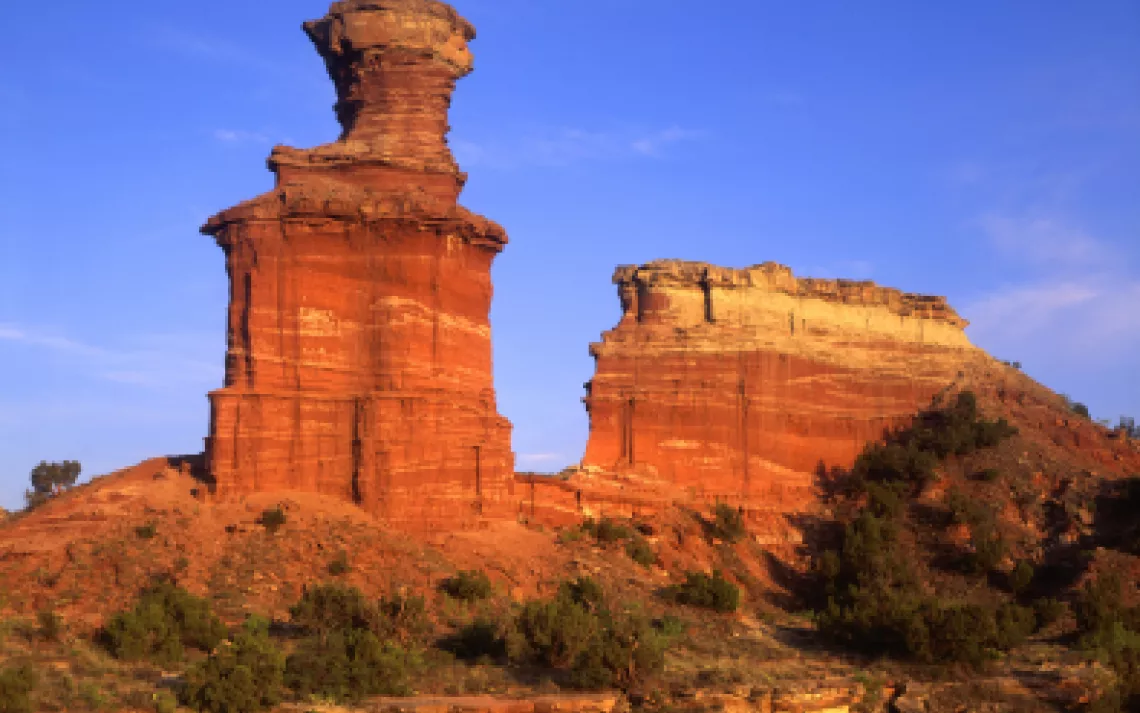
In Steven Spielberg's 1977 Close Encounters of the Third Kind, the filmmaker cast Devil's Tower in Moorcraft, Wyoming as a UFO landing zone. The sci-fi film made the formation extremely popular due to its face-time on camera. While some debate about its formation has stunted geologists in the past, the simplest explanation that can be offered is that it is a stock: a body formed by magma that cooled underground and became exposed due to erosion. Bits and pieces (sometimes even columns) of the formation are continuously eroding—meaning it was larger in the past and could eventually disappear. So be sure to plan your visit before it's too late!
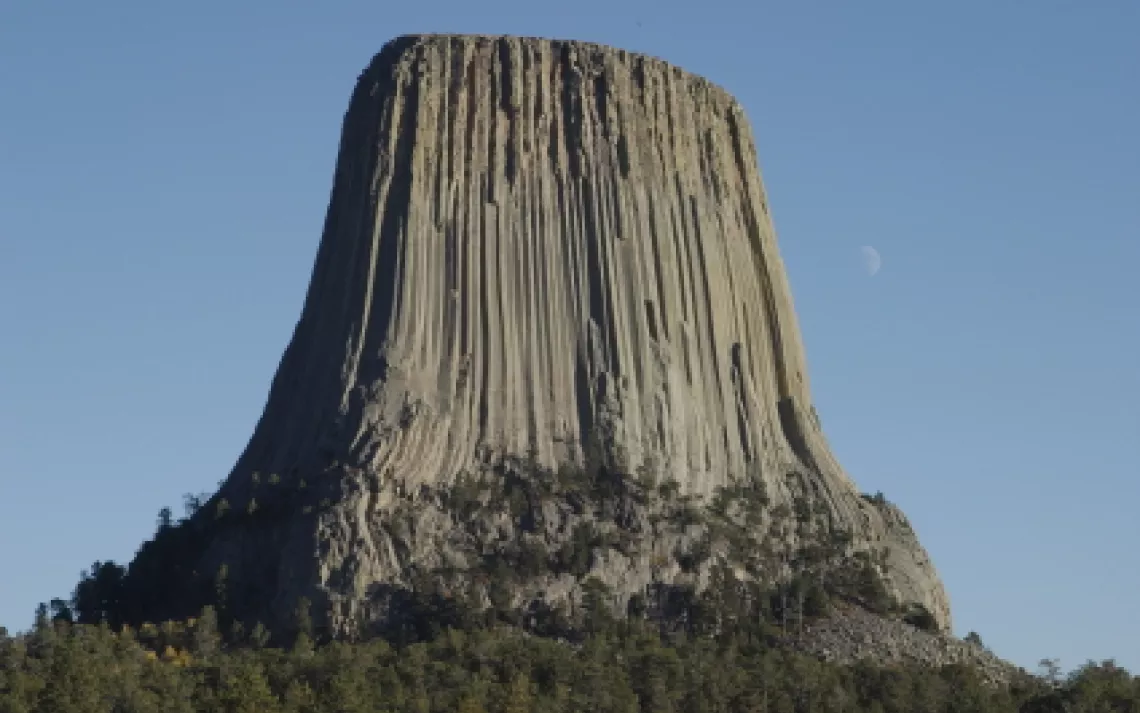
Don't you just hate it when you're trying to walk through a grassy hillside and you have to constantly dodge house-sized boulders in a maze-like landscape? Well — we don't. And we suspect you don't either. You can do just that in Minneapolis, Kansas where Rock City — an area the size of two football fields — is peppered with enormous rocks forming alleyways in between. As you can imagine, it's appropriately named. These rocks were formed millions of years ago by Dakota sandstone when an inland sea covered parts of Kansas. These rocks are also known as concretions: a rounded mass of mineral found in sedimentary rock. Walk around Rock City and see if it's harder to get around than L.A. or New York.
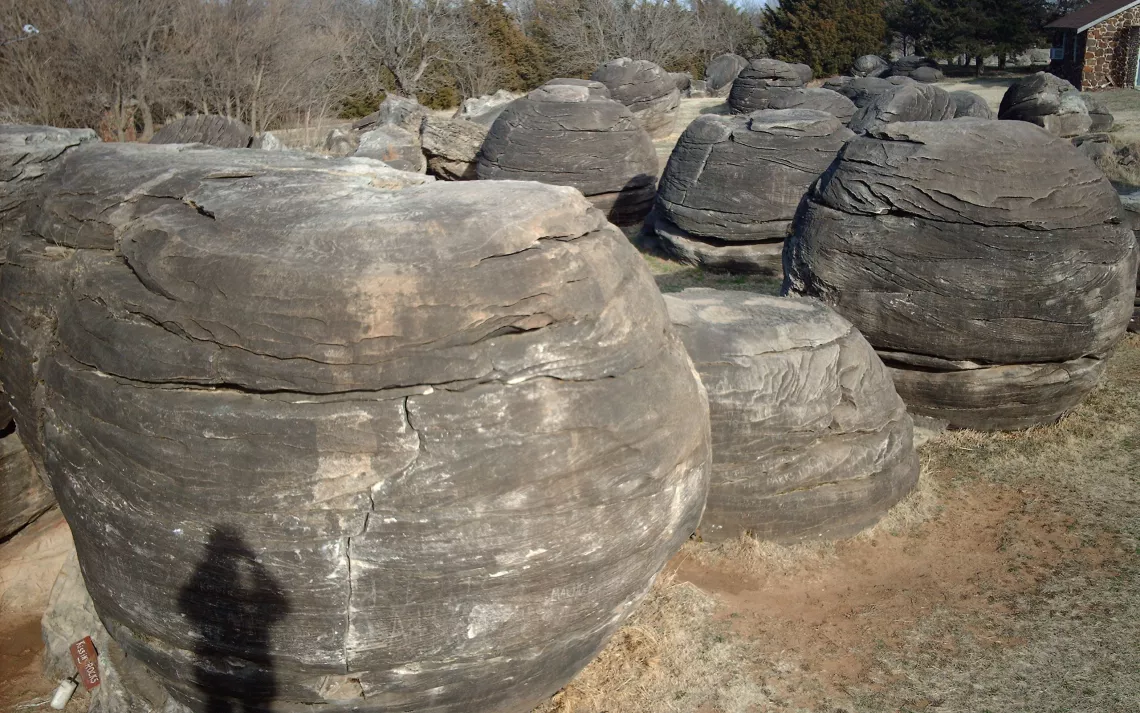
This one needs no introduction. Yosemite National Park is home to one of the most famous rock formations in the world: the Half Dome. It is likely that the Half Dome never had another half. What did happen, however, is that an intrusion of granodiorite took place deep underground. As it became exposed to erosion, pressure change caused the rock to crack apart in thin shells, leaving the mountainside clean. This process is also known as exfoliation. Rising 8,800 ft. above sea level, the 14-16 mile round trip hike (or climb, rather) up the Half Dome is accessible with a day permit that prevents crowding. You can even buy a T-shirt that says "I survived the Half-Dome" in the gift shop.
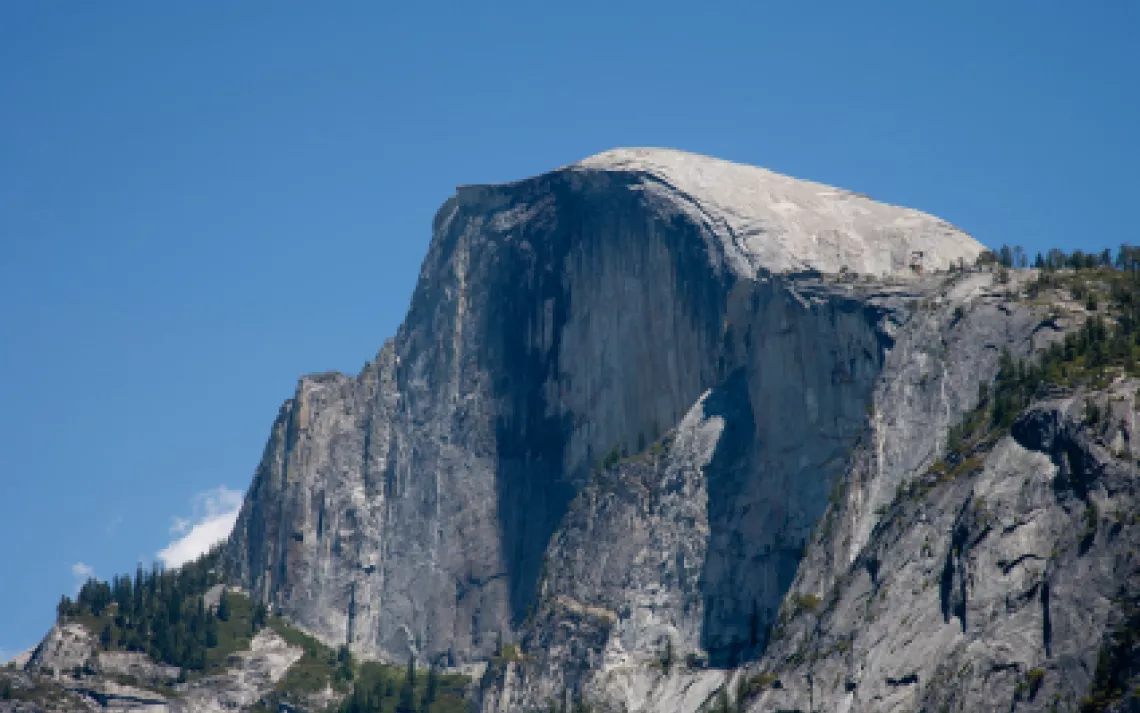
Although it may feel like you're surfing tunnels of sky-high ocean waves through this rock formation, remember to leave your wetsuit at home when traveling to this amazing site. Undulating troughs of sandstone that have been eroded over a number of years, this place is an especial favorite among hiking enthusiasts. Plan in advance for this one as it is somewhat difficult to find and only allows for a certain amount of hikers per day.
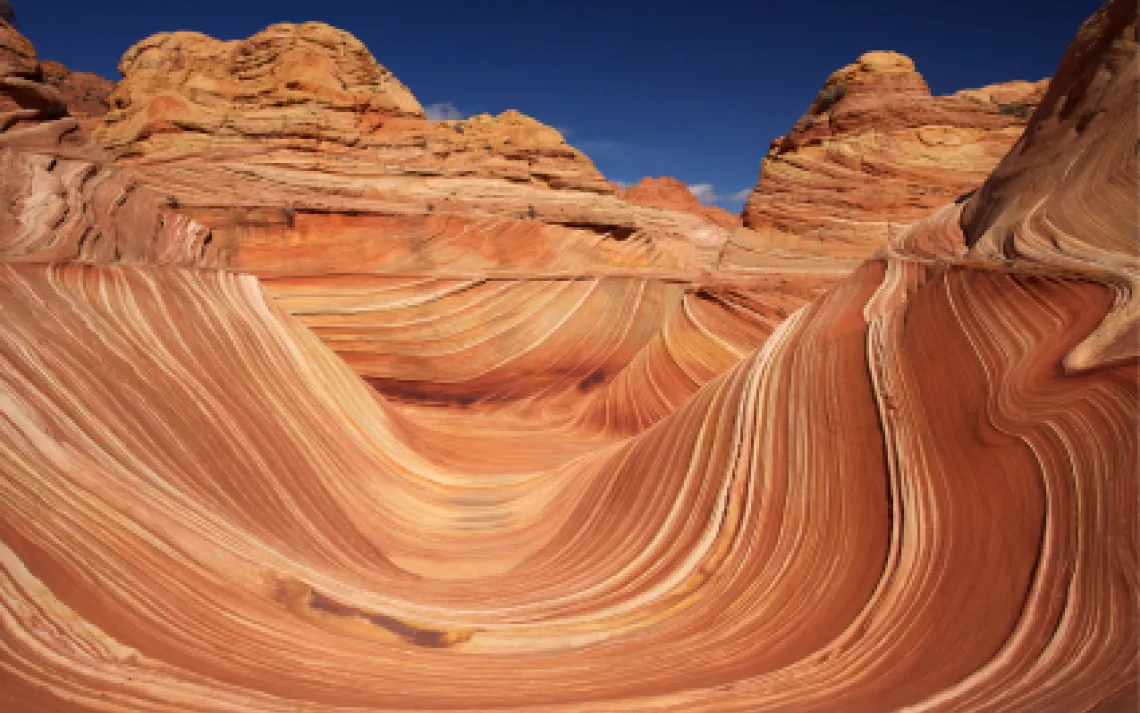
Known to Virginian locals as Natty B., the Natural Bridge is a well-known attraction for East Coast natives. Its formation took hundreds of years as the Cedar Creek eroded a large gorge through this enormous limestone rock, creating an awesome natural archway that beats any James Bond or Indiana Jones bridge. It is also filled with an enormous amount of history involving America's founding fathers and Native American tribes in the late 1770s. Check out the events and other attractions surrounding this rock that will make you cross over into history and beauty
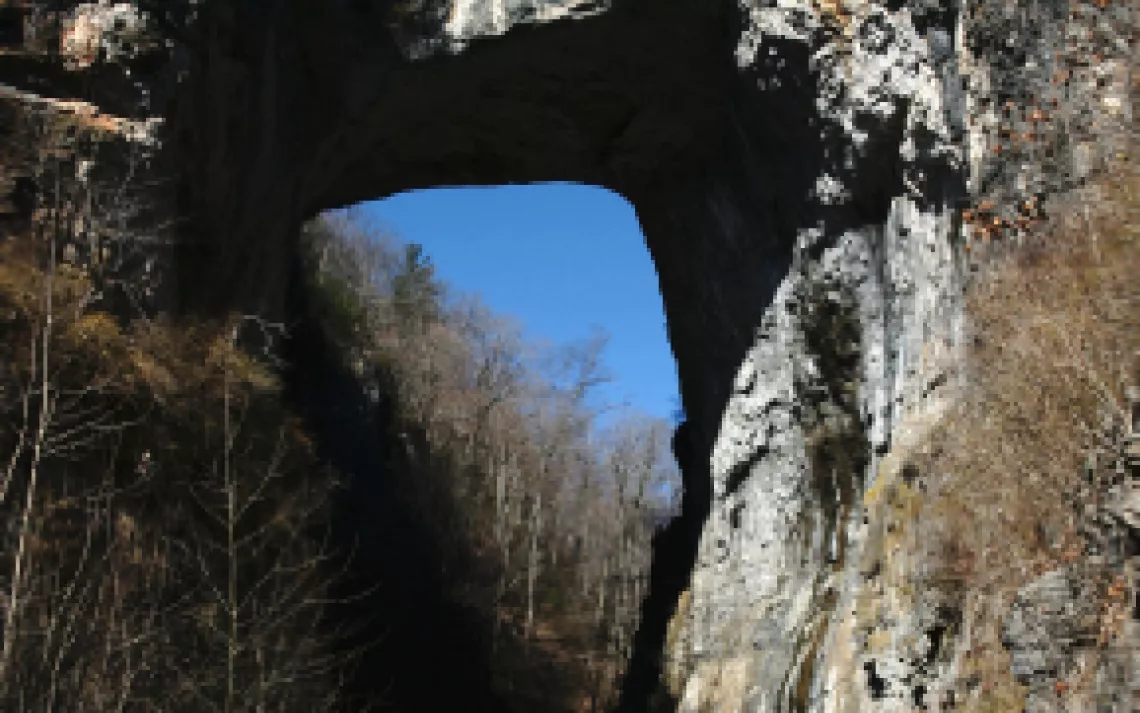
Speaking of arches, the Delicate Arch is another famous and popular sight that will allow you to change your sense of scenery in terms of bridges. Located in southeast Utah, Arches National Park offers one of the best family friendly hiking paths to see these once-solid sandstone rocks, which have been eroded by water and wind over centuries of time. A free standing arch atop slickstone canyons beneath and the La Sal mountains in the distance, the Delicate Arch is a beautiful and magnificent experience you should pencil in on your next trip to Vegas.
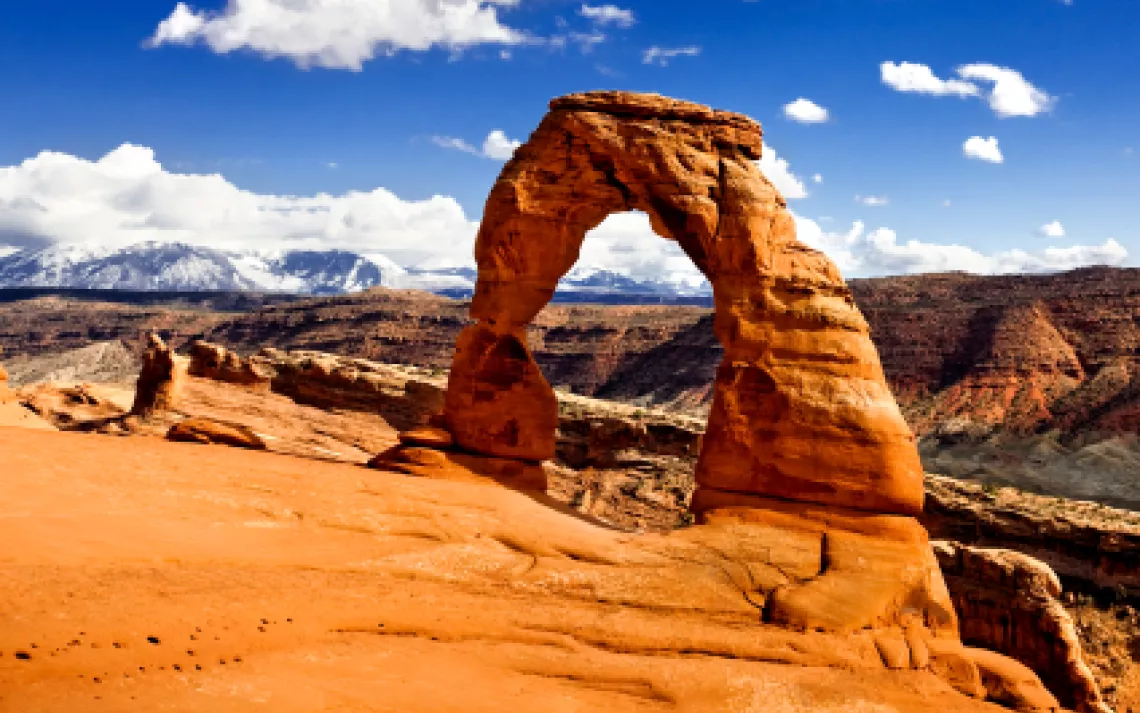
When Lewis and Clark were on their way to the Pacific Ocean in 1805, they named this rock for its towering height, which served as a landmark for their journey. The distinctive rock is an 848-foot basalt column that had once formed the core of an ancient volcano. Hike, rock climb, and explore the marvelous views that Washington has to offer as Beacon Rock sits amid 9,500 feet of freshwater shoreline on the Columbia River.
Okay. So we've already mentioned canyons here. Twice. And we've already mentioned Utah. But combine Utah with canyons, and you've got Bryce Canyon National Park, home to another one of America's incredible natural rock formations, which brings in a myriad of visitors from all walks of life as they admire these jaggedy-looking canyons. Consisting of horseshoe-shaped amphitheaters, Bryce Canyon received its unique geography due to the erosional effects of frost-wedging and the dissolving power of rainwater. The resulting limestone rock spires are known as "hoodoos." So get out there and see what the hullabaloo these hoodoos are all about!
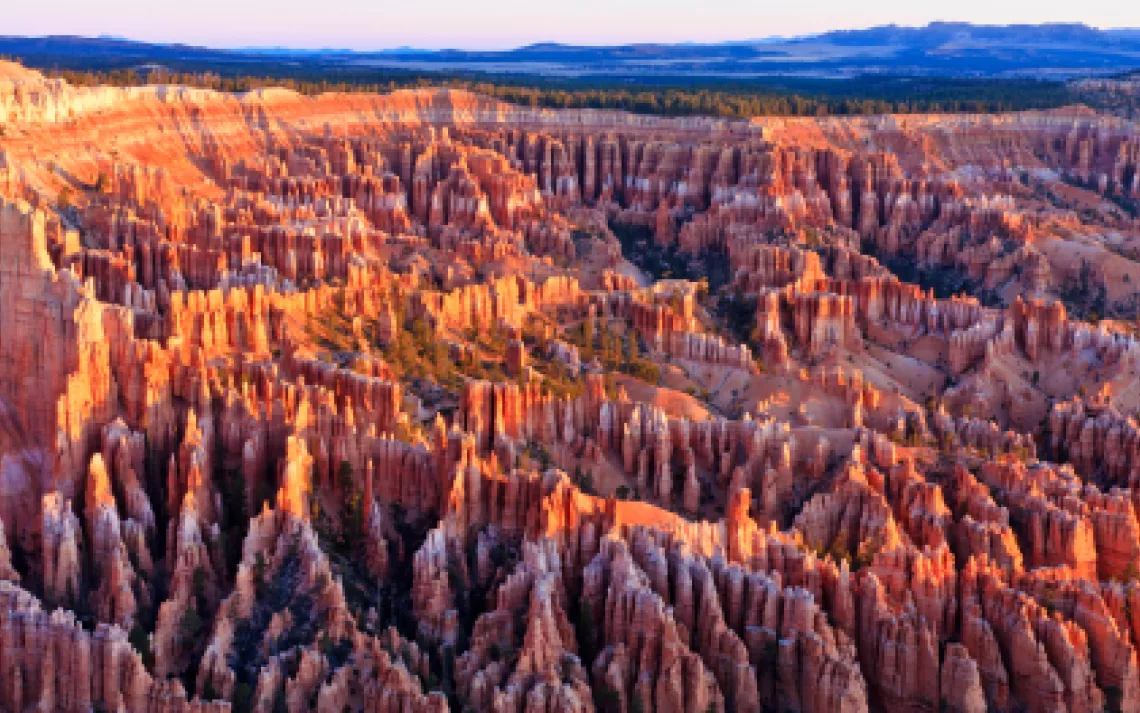
 The Magazine of The Sierra Club
The Magazine of The Sierra Club